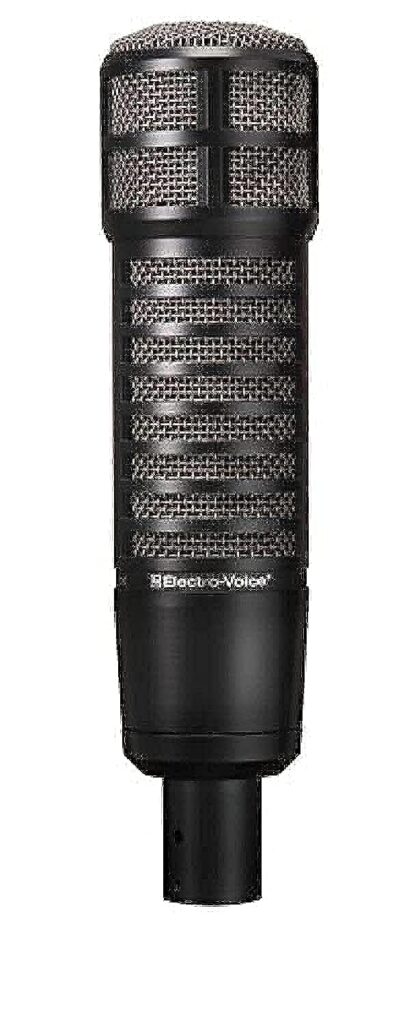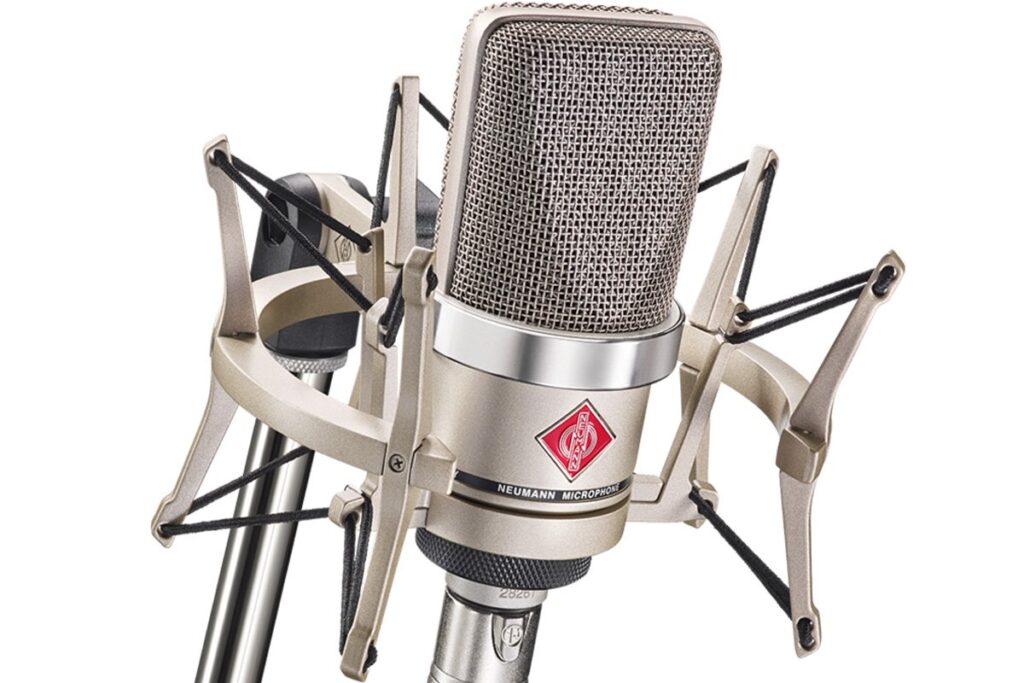The Essentials: Understanding Microphone
Hello Friends! I hope you are doing well.
Greetings from the magical world of microphones, where the voice takes on the role of an instrument and tales come to life. The perfect microphone may make all the difference, whether you’re an experienced podcaster or just starting started. This comprehensive guide will cover all the essentials of microphones and assist you in choosing the best one for your podcasting endeavors.
This article is your go-to guide on microphones, covering everything from the fundamentals of polar patterns and microphone types to our recommended picks for podcasting. In order to select the ideal podcasting partner, let’s go into this musical realm.Also read Best mic under₹5000
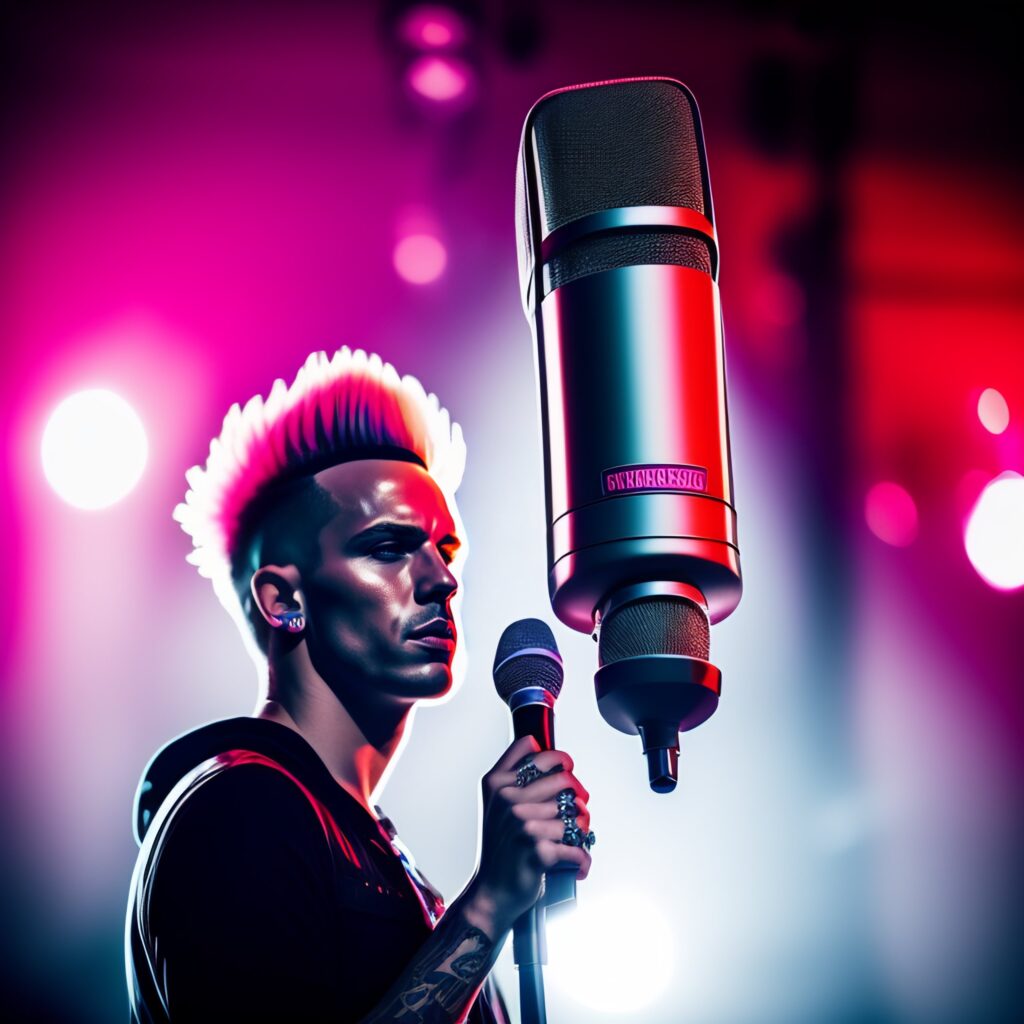
Types of Microphones
There are many types of the microphones, and each has its own set of properties. The main types of microphones you’ll find are below:
1 Dynamic Microphones:
Dynamic mics are known for their durability and versatility. They can handle high sound pressure levels, making them ideal for podcasters who record in various environments.
2 Condenser Microphones:
Condenser microphones are often preferred for studio recordings due to their exceptional sensitivity and extended frequency response. They capture intricate details and nuances in sound.
3 Ribbon Microphones:
Ribbon mics offer a vintage, warm sound and are excellent for capturing the character of the human voice.
Microphone Polar Patterns
Microphone polar patterns determine how a microphone captures sound from different directions. Understanding these patterns is essential for selecting the right microphone for your podcasting needs:
1 Cardioid:
Cardioid microphones capture sound mainly from the front while rejecting sound from the sides and rear. They are perfect for isolating your voice in a noisy environment.

2 Omnidirectional:
Omnidirectional microphones capture sound evenly from all directions, making them suitable for recording interviews or group discussions.

3 Bidirectional:
These microphones capture sound from the front and rear while rejecting sound from the sides. They are perfect for recording two people on opposite sides of the microphone.
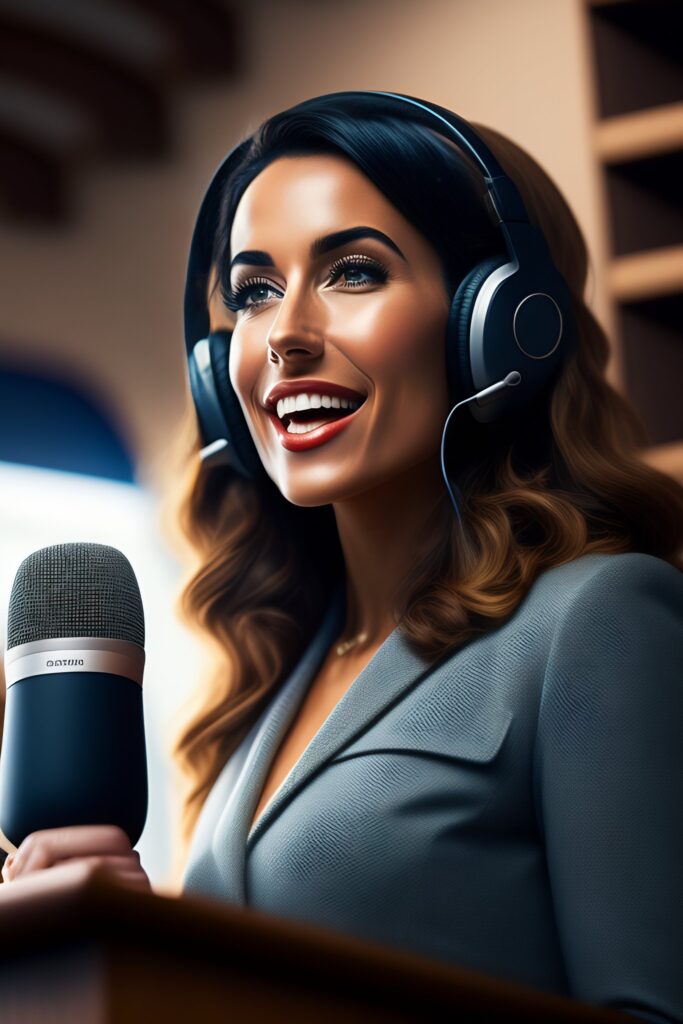
4 Super/Hypercardioid:
These patterns offer even more directionality than cardioid microphones, focusing on a narrower area in front. They are often used for shotgun microphones in video production.

Factors to Consider When Choosing a Podcasting Microphone
Selecting the right microphone for your podcast involves several considerations. Here are the key factors to keep in mind
1 Budget:
Determine your budget to help narrow down your options.

2 Microphone Type:
Choose between dynamic and condenser mic based on your recording environment and style.

3 Sound Character:
Consider the sound character you want for your podcast. Do you prefer a warm, vintage tone or a crisp, modern one?
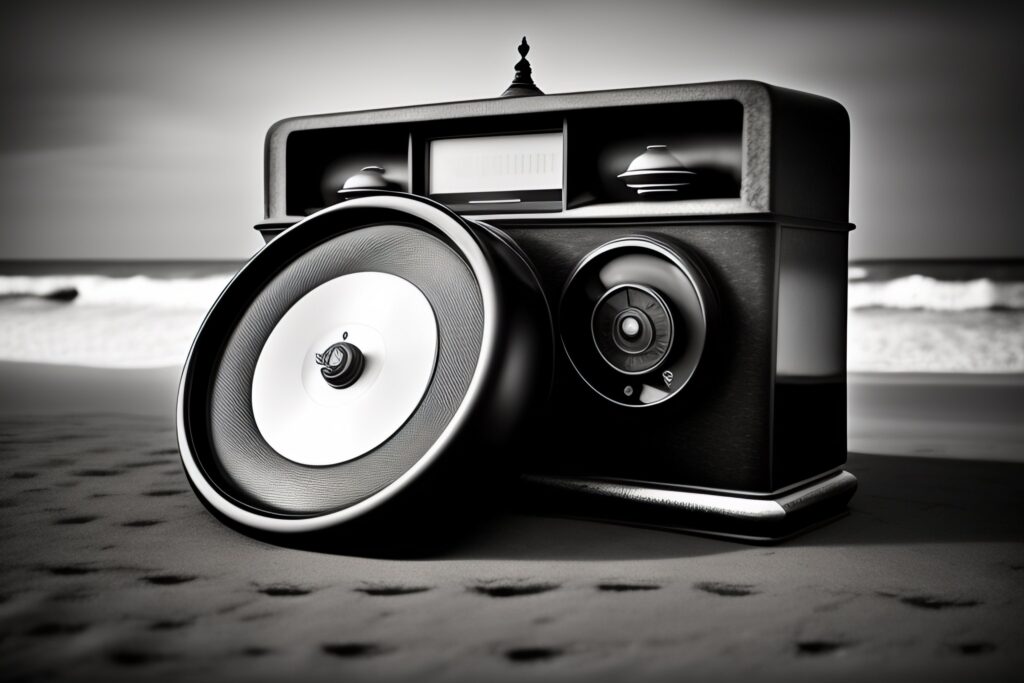
4 Noise Environment:
If you record in a noisy environment, a directional mic with good noise rejection is essential.
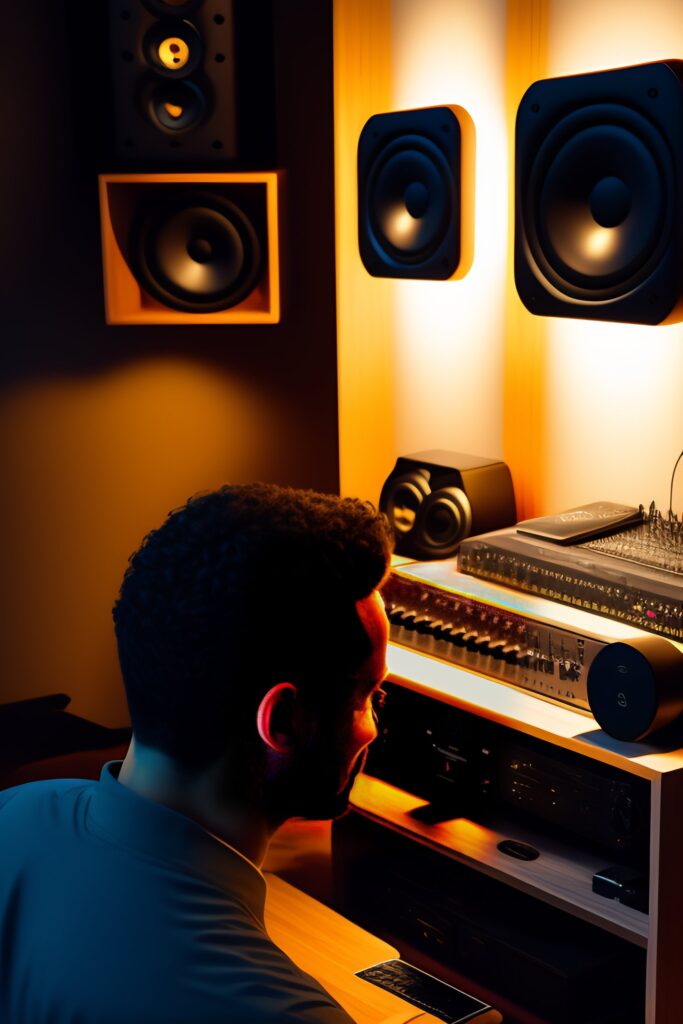
5 Connectivity:
Ensure that the mic you choose is compatible with your recording equipment. Some microphones use XLR connections, while others have USB interfaces for direct computer connections.

6 Room Acoustics:
Take into account the acoustic qualities of your recording space and consider acoustic treatment if necessary.

The 10 Best Microphones for Podcasting
After covering the fundamentals, let’s look at our top recommendations for podcasting mics. These choices allow you to select the ideal fit for your podcasting requirements while accommodating a range of tastes and budgets.
1 Audio-Technica AT2020
About this item
- The price/performance standard in side-address studio condenser mic technology
- High SPL handling and wide dynamic range provide unmatched versatility
- Custom-engineered low-mass diaphragm provides extended frequency response and superior transient response
- Cardioid polar pattern reduces pickup of sounds from the sides and rear, improving isolation of desired sound source
2 Rode NT-USB
About this item
- Offers streamlined recording directly to your computer of mobile device
- Ultra-low-noise, high-gain Revolution Preamp supplies optimal sound on any source
- High-power headphones output features zero-latency monitoring
- Powerful built-in Aphex processing via Rode Connect podcasting and streaming software
- Comes with pop filter, desk stand, ring mount, and USB-C cable
3 Shure SM7B

About this item
- Recording Studio—Instrumental and Vocal
- Motion Picture and Television Scoring
- Television, Talk Shows, and News Desks
- Radio Announcing and Production
4 Blue Yeti X

About this item
- Four-capsule array: Capture legendary Blue broadcast sound with greater focus and clarity than ever for professional streaming, podcasting, YouTube videos, voice-overs, Zoom meetings and more
- High-res LED metering: Visualise your voice level at a glance with the Yeti X microphone’s 11-segment LED meter and adjust up or down for powerful, broadcast-quality sound
- Multi-function smart knob: Tune your on-stream sound with controls for mic gain, mute, headphone volume and blend, and easily switch between cardioid, omni, bidirectional and stereo pickup patterns
- Blue VO!CE software: Elevate your streamings and recordings with clear broadcast vocal sound and entertain your audience with enhanced effects, advanced modulation and HD audio samples
- Customisable LED lighting: Personalise the colour of Yeti X’s LED lights to match your on-stream aesthetic and connect directly to your computer or laptop via USB cable to start recording instantly
- Logitech G HUB integration: Manage mic gain, headphone volume, monitoring preferences and mic pickup pattern selection right from your desktop.
5 Samson Q2U
About this item
- High-quality dynamic handheld mic with XLR and USB I/O.
- XLR output plugs directly into any console.
- Plugs directly into any computer with a USB input
- 3.5 mm stereo headphone jack with volume control for no-latency monitoring
- Includes: Q2U Dynamic Cardioid Microphone, desktop stand, mic clip, USB cable, XLR cable, and Cakewalk Music creator software
6 Electro-Voice RE320
About this item
- Variable-D pattern control minimizes positional and off-axis tonal shifts Integrated hum bucking coil and integral pop filters provide virtually noiseless performance Unique dual-voicing switch selects from two response curves
- Case Material Metal Connector Type 3-pin XLRDiameter (Max) 49.2 mm (1.94″)Element Dynamic N/Dym Magnet Structure Finish Semi gloss black Frequency Response 30 – 18,000 Hz (kick curve), 45 – 18,000 Hz (generic curve)
- Impedance, Low-Z balanced 150 Mic Type Instrument/Vocal Open Circuit Voltage 2.5 mV/Pascal Polar Pattern Cardioid Power Requirement None
7 AKG P120
About this item
- The low-mass diaphragm delivers a clear sound with accurate sonic detail for vocals, speech and instrument recording in project studios and for home recording
- Frequency response: 20hz to 20khz
- Max spl: 150 db
- Sensitivity: 24 mv/pa
- Country of Origin: China
- power_source_type: corded electric
- material_type: alloy steel
8 Neumann TLM 102
About this item
- A true Neumann at an affordable price. Big sound in a small package.
- Large-diaphragm mic with cardioid directional characteristic (pressure gradient transducer)
- Very high maximum sound pressure level (144 dB)
- Slight presence boost above 6 kHz helps vocals to shine in the mix
- Plug and play handling
- Easy handling for vocal and instrumental recordings
- Distortion-free sound even at extreme sound pressure levels
- Studio Set comes with Shock Mount
9 Sennheiser MKH 416
About this item
- For Pro Film, TV & Location Recording
- Moisture-Resistant for Humid Conditions
- No Switches, Buttons, or Dials
- Hypercardioid at Low & Mid Frequencies
- 40 Hz to 20 kHz Frequency Response
- Increased directivity due to interference tube principle
- Rugged, suitable for adverse climatic conditions
10 Shure MV7
About this item
- Convenient Plug-and-Play Operation
- Voice Isolation Technology
- Durable, Versatile Design
- Flexible Sound Control with the ShurePlus MOTIV Desktop Application
Accessories to Elevate Your Podcasting Game
To enhance your podcasting setup and audio quality, consider these accessories:
1 Microphone Stand or Boom Arm:
Position your mic at the ideal height and distance for recording.
2 Pop Filter:
Reduce plosive sounds (like “p” and “b” sounds) and protect the microphone from saliva and moisture.
3 Shock Mount:
Isolate the mic from vibrations and handling noise for cleaner recordings.
4 Acoustic Treatment:
Improve the acoustics of your recording space with soundproofing materials like foam panels and bass traps.
5 Headphones:
Invest in quality headphones to monitor your audio while recording.
Microphone Setup and Recording Tips
Now that you’ve chosen the right mic and accessories, here are some essential tips for optimal podcasting:
1 Microphone Placement:
Experiment with mic placement to find the best position for capturing your voice.
2 Monitor Your Levels:
Keep an eye on your audio levels to prevent distortion or clipping.
3 Soundproof Your Space:
If possible, create a quiet and controlled recording environment to improve recording quality.
4 Practice Good Mic Technique:
Learn proper microphone technique to avoid plosives and ensure consistent audio quality.
5 Master Your Recording Software:
Become proficient with your recording software to make the most of your mic.
Maintenance and Care
To extend the life of your podcasting microphone, follow these maintenance tips:
(A) Keep It Clean:
Regularly clean the mic grille and body to prevent dirt and dust buildup.
(B) Store Properly:
When not in use, store your microphone in a protective case to prevent damage.
(C) Handle with Care:
Be gentle when handling your mic, as dropping it can damage the internal components.
(D) Avoid Moisture:
Mic are sensitive to moisture, so avoid exposing them to liquids.
Conclusion
Your Unique Voice, Your Perfect Mic
Your podcasting journey is as unique as your voice, and the microphone you choose plays a crucial role in how you connect with your audience. With the right microphone, you can craft captivating stories, share insightful conversations, and create a lasting impact in the world of podcasting.
Whether you’re looking for an affordable yet high-quality option like the Audio-Technica AT2020 or aiming for broadcast-level sound with the Shure SM7B, there’s a microphone on our list to match your style and budget. So, go ahead and make your voice heard, one episode at a time.
Remember, your unique voice deserves the perfect mic to bring your podcasting dreams to life. Happy podcasting!
Frequently Asked Questions(FAQs)
1. What is the difference between a dynamic and a condenser microphone for podcasting?
- Dynamic microphones are durable and versatile, making them suitable for various environments, including noisy ones. Condenser microphones are more sensitive and ideal for studio recordings where capturing intricate details is important.
2. What are polar patterns, and why do they matter for podcasting?
- Polar patterns determine how a microphone captures sound from different directions. The choice of polar pattern affects how your microphone isolates your voice and rejects background noise. Understanding polar patterns is crucial for selecting the right microphone for your recording environment.
3. Can I use a USB microphone for podcasting, or should I go for an XLR microphone?
- USB microphones are user-friendly and easy to set up, making them a great choice for beginners. XLR mic offer higher audio quality and more flexibility but require additional equipment like an audio interface. Your choice depends on your specific needs and budget.
4. What’s the best budget microphone for podcasting?
- If you’re on a budget, mic like the Audio-Technica AT2020, Samson Q2U, and AKG P120 offer excellent value for podcasting.
5. Are there specific mic for reducing background noise in podcasting?
- Dynamic mic like the Shure SM7B and Electro-Voice RE320 are known for their excellent noise rejection capabilities, making them suitable for reducing background noise in challenging recording environments.
6. Do I need to invest in additional accessories for podcasting, or is a mic enough?
- While a good microphone is crucial, additional accessories like a mic stand or boom arm, pop filter, shock mount, and acoustic treatment can significantly enhance your podcasting setup and audio quality.
7. How do I prevent plosive sounds when recording a podcast?
- Plosive sounds, like “p” and “b” sounds, can be reduced with a pop filter. Proper mic technique, where you speak slightly off-axis, can also help minimize plosives.
8. What’s the best way to improve the acoustics of my recording space for podcasting?
- You can improve room acoustics by adding soundproofing materials like foam panels and bass traps. These materials help reduce echo and background noise, enhancing the quality of your recordings.
9. How do I maintain and care for my podcasting mic?
- Regularly clean the mic grille and body to prevent dirt and dust buildup. Store your microphone in a protective case when not in use to prevent damage. Handle it with care and avoid exposing it to moisture.
10. What’s the most important factor to consider when choosing a podcasting mic?
- The most critical factor to consider is your specific podcasting needs and recording environment. Choose a mic that fits your budget, recording style, and the kind of sound you want to capture.





